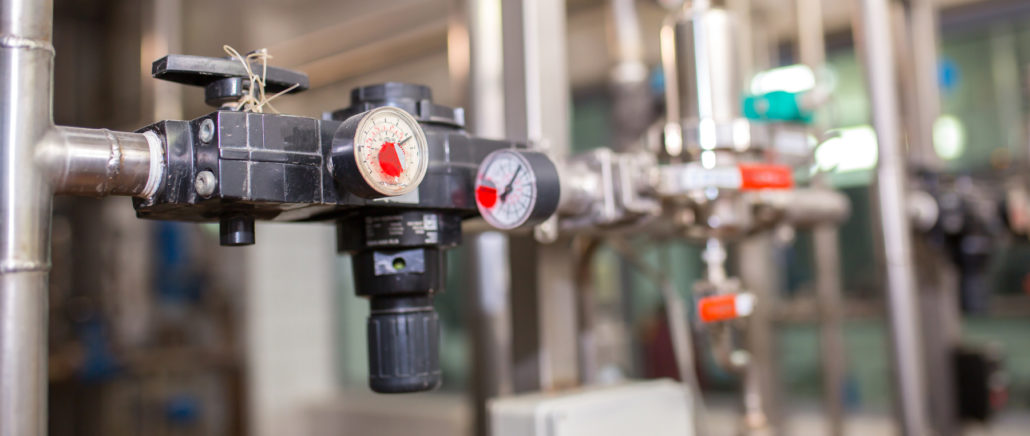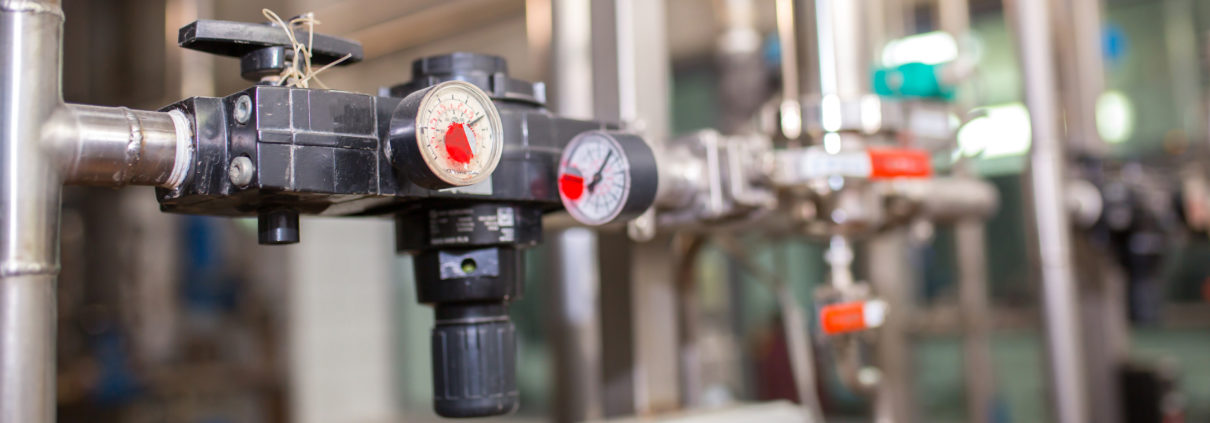Five Tips to Increase Compressor Installation Efficiency

Did you know that one of the largest costs for industrial manufacturers is compressed air? That’s right – anywhere from 12% to 40% of a facility’s total energy costs come from its compressed air installation. This means that finding innovative ways (no matter how small) to increase compressed air efficiency can amount to big savings over the long run! Items like leak elimination, air audits, reduced pressure bands, and reducing unloaded running hours are some of the most popular ways to decrease energy usage – but there are many other actions that you can take. Read on to discover additional ways to reduce your costs and make sure your compressor system is running as efficiently as possible!
Think About Heat Recovery. One area that offers manufacturers a significant opportunity for savings? Recovering the waste heat from air compressors! Without energy recovery, this heat is lost into the atmosphere via the cooling system and radiation. While the amount of electrical energy that can be recovered depends on the size of the compressor and the running hours, typical recoveries are between 70% for oil-injected screw compressors to up to 94% for oil-free water-cooled screw compressors. Recovering heat from compressed air also reduces the need for purchasing energy – i.e. for heating hot water or using exhausted cooling air for space heating.
Ensure Your Compressed Air Equipment is Sized Correctly. Choosing the wrong size air compressor for your facility can lead to production issues and increased costs due to wasted energy. When choosing the right type of compressor, consider these questions:
What is the application?
How much airflow does my facility/workshop use?
What is the minimum pressure needed within the facility?
Do I need clean, dry air?
How many hours per year does my compressor operate?
How many shifts do I run per day?
Is there fluctuation in flow demand between shifts?
Are there any plans for future expansion?
Once you have the answers to the above, make sure that you select your compressor based not only on initial cost but on the lowest total lifecycle costs.
Consider New Compressor Technologies. Air compressors are long-term investments that will play a significant role in your business for years to come. The average factory changes air compressors every 7-10 years, meaning that the initial capital expenditure is only a fraction of how much your compressor will cost you in total. 70% (or more!) of your air compressor’s lifecycle cost will come down to its energy usage.
Switching or updating your compressed air installation to the latest technology can reduce energy consumption by up to a quarter. If you have an old or inefficient compressor, the cost to replace it with a new compressor is often less than the current running costs. A modern air compressor with the latest controllers and energy-efficient motors will contribute to your bottom line from day one.
You can also think about upgrading certain aspects if your compressor! Reach out to your compressed air provider to discuss the possibility of replacing major components of your compressor with new, more efficient components. For example, upgrading your compressor with the latest type of electronic controller will allow you to take advantage of the most advanced compressor control management, reduced unloaded running and higher efficiency.
Make Sure You Have the Right Compressor Type. Many applications in the food and beverage, electronics, automotive, textile, and pharmaceutical industries require oil-free air to guarantee product integrity and quality (often specified as Class 0). Oil-free compressed air technology will help to avoid expensive filter replacements, cut the cost of oil condensate treatment and reduce energy loss from pressure drop in filters and, in food & beverage applications, the use of expensive food grade lubricants.
If you have a very large-scale application, you can also consider a centrifugal compressor, given that these offer energy efficiency in process air or in bulk air applications presenting a flat load; they’re also ideal for providing a baseline flow in mixed installations with VSD screw compressors.
Consider VSD (Variable Speed Drive). Most production processes require different levels of demand in different periods, which may mean that the compressor is running off-load or idle (not producing any compressed air) for long periods of time. Great savings can be made if a fixed speed compressor can be replaced by a variable speed drive unit as it only produces compressed air as and when required. This also minimizes offload running of the compressor, which is known to waste energy. A VSD compressor saves an average 35% energy and a VSD+ unit can save as much as 50% compared to a fixed speed unit, even at full load.



